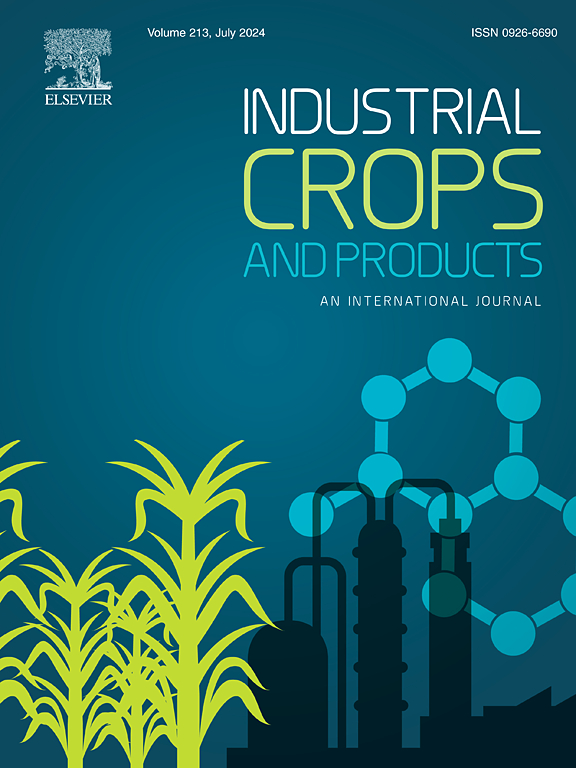Antioxidant activity and neuromodulatory synergies in fixed oils from Nigella sativa, Cucurbita pepo, and Sinapis alba Seeds
IF 5.6
1区 农林科学
Q1 AGRICULTURAL ENGINEERING
引用次数: 0
Abstract
Nigella sativa (black seeds), Cucurbita pepo (pumpkin), and Sinapis alba (mustard) are plants traditionally utilized for treating various ailments. This study aimed to extract fixed oils from the seeds of these plants and assess their antioxidant, antidiabetic, neuromodulatory, and anti-obesity properties. The effects of each oil were examined both individually and in combination through in vitro assays. The oil of Nigella sativa, Cucurbita pepo, and Sinapis alba seeds was extracted by cold pressing. Then, free radical scavenging, anti-α-amylase, and anti-lipase effects were investigated for all these fixed seeds. Electrophysiological recordings were done using the whole-cell patch clamp technique to assess the neuromodulatory activity. The percentage inhibition of DPPH (a free radical) was evaluated for fixed oils from N. sativa, C. pepo, and S. alba, as well as their combinations. S. alba oil demonstrated the highest antioxidant activity with an IC₅₀ of 3.49 ± 0.22 µg/mL, followed by C. pepo oil at 7.97 ± 0.17 µg/mL. In contrast, N. sativa oil showed the lowest activity with an IC₅₀ of 57.92 ± 0.32 µg/mL. The standard antioxidant, Trolox, had an IC₅₀ of 2.02 ± 0.04 µg/mL. A combination of C. pepo and S. alba oils exhibited potent antioxidant properties, with an IC₅₀ of 2.46 ± 0.03 µg/mL, comparable to Trolox. None of the oils significantly inhibited α-amylase or lipase enzymes. Electrophysiological assessments revealed that S. alba oil significantly reduced GluA2 and GluA2/3 receptor amplitude and influenced receptor kinetics (p < 0.01). N. sativa had a similar, though less pronounced, effect, while C. pepo showed no significant impact. Remarkably, a combination of N. sativa and S. alba oils synergistically decreased AMPA receptor amplitude and desensitization time, enhancing deactivation. This suggests a promising synergistic effect for neuromodulation beyond the individual impact of each oil. This study evaluated the antioxidant activity of N. sativa, C. pepo, and S. alba seeds fixed oils and their mixtures. S. alba oil showed the most potent antioxidant activity, followed by C. pepo. However, all tested oils showed weak inhibitory effects against lipase and α-amylase enzymes, suggesting weak potential for obesity and diabetic treatment. So, these natural fixed oils could be applied to prepare possible medications to prevent and treat oxidative stress.

求助全文
约1分钟内获得全文
求助全文
来源期刊

Industrial Crops and Products
农林科学-农业工程
CiteScore
9.50
自引率
8.50%
发文量
1518
审稿时长
43 days
期刊介绍:
Industrial Crops and Products is an International Journal publishing academic and industrial research on industrial (defined as non-food/non-feed) crops and products. Papers concern both crop-oriented and bio-based materials from crops-oriented research, and should be of interest to an international audience, hypothesis driven, and where comparisons are made statistics performed.
 求助内容:
求助内容: 应助结果提醒方式:
应助结果提醒方式:


